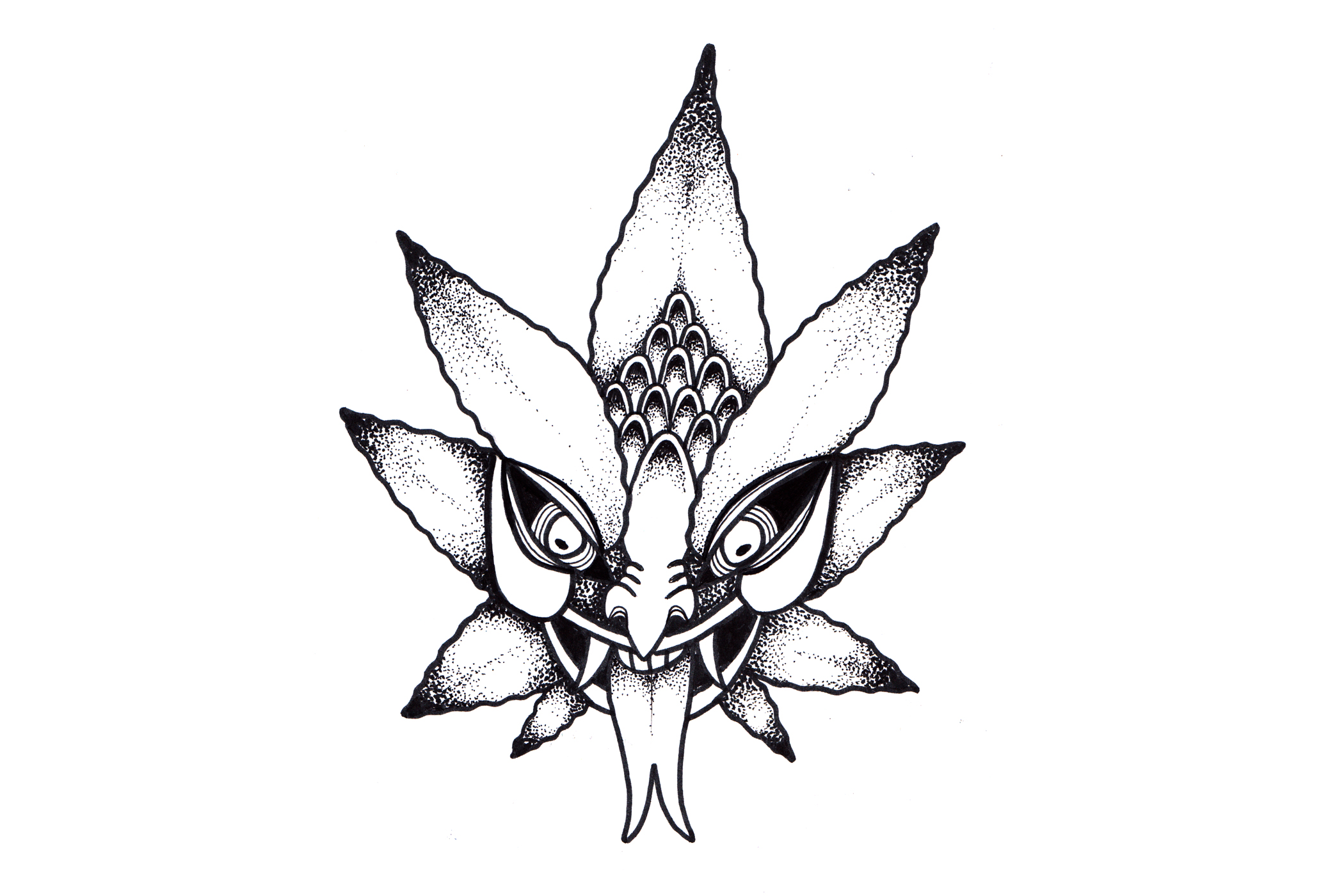Netflix is beautiful. If you analyze it and dive down deep enough, this becomes the one thing that ties us all together—everyone has a Netflix account. (If you don’t, you can use my mom’s.) This is an entertainment distribution company that has become so popular it’s now synonymous with sex.
Netflix and chill, anyone?
I’m not a business genius but if your product leads to sex, you’re definitely going to make some money. That’s why diamonds, champagne and Usher albums will always be profitable.
Now, Netflix is expanding.
At the Goldman Sachs Communacopia Conference in September, Netflix CEO David Wells announced, “You should expect us to continue to push toward more 50–50 in terms of original exclusive content and licensed content.” This means Netflix will continue to expand their options of original programming such as Bojack Horseman and Orange is the New Black, shifting the focus of their company from content distributor to creator.
This is good. Not only is this a good sign because of the fact that Netflix makes fun, entertaining shows—shows about horses who were ‘90s television stars—but also because it signals a larger shift in the entertainment field, a shift for the better.
In cultural terms, the Golden Era of Television often refers to a time in the ‘50s and ‘60s when television programming was considered part of high society. This was a time when television sets were still expensive, leaving the new phenomena in the hands of the educated, cultured elite. The few channels available showcased ballets, symphonies and sophisticated live dramas.
It was like an era of Mad Men without all the sex.
Today we live in a new golden era despite the fact that no one can exactly agree upon when it began. For some, like Robert Thompson, director of Syracuse University’s Bleier Center for Television and Popular Culture, it dates back to 1981 and the debut of the gritty police drama, Hill Street Blues. Others point to the 2000s and credit the proliferation of cable TV and the internet as the jump off.
For me, it began when Katie Couric interviewed Lil Wayne.
Regardless of the start, viewers can agree that now more than at any other time in history, there is an abundance of good television. From Breaking Bad to Toddlers in Tiaras, there’s a show for everyone—no matter how weird you are. And that’s the secret to all the success.
Playing to broad audiences often leads to trouble. Anyone looking at America from the outside can clearly tell that we are not on the same page. So why and how would we all be entertained by the same television shows? Despite their popularity, the most viewed shows are often the worst—and that fact is basically common knowledge. Who was actually entertained by Two and a Half Men?
With companies like Netflix, Hulu and Amazon producing their own content, along with the new shows continuously pumped out by cable channels, there’s an influx of shows. This allows creators to target smaller, specific audiences and ultimately leads to more satisfying product.
Every one of us has found a show that only we and a few of our closest friends enjoy. We watch religiously despite the fact that no one else seems to know the show exists. This specificity of show-to-audience is only available because the production of new television shows continues to increase. We may finally reach a ratio where the amount of shows is equal to the number of audience members.
How amazing would that be? A whole television show planned and produced specifically to fit your likes. That’s a future I want to live in.
So keep creating, Netflix. Because that’s definitely the only way I’m going to see a Lil Wayne-Katie Couric cooking show.






